An account of this apparently incredibly modern finishing process which has its origins in the seventeenth century: its development from the first studies of sputtering through to its substituting of chrome plating for automobiles and today’s decorative applications.
Physical Vapour Deposition (PVD) is a technique used to deposit thin films of one atom (or one molecule) at a time onto various surfaces, often metal, to give them a hard durable coating. The source of the coating is physical that is a solid or liquid instead of chemical as in the alternative coating process of Chemical Vapour Deposition (CVD).
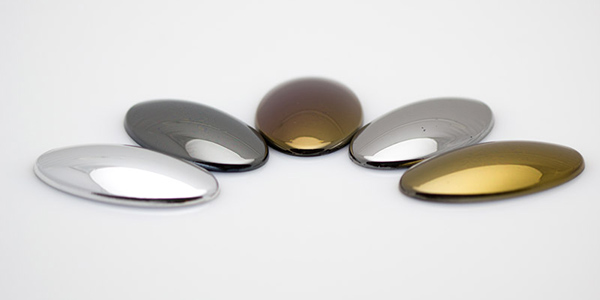
PVD processes are carried out under vacuum conditions. The process involves four steps: These are Evaporation, Transportation, Reaction, Deposition.
Evaporation – A target is bombarded by a high energy source such as a beam of electrons or ions. This dislodges atoms from the surface of the target, ‘vaporising’ them, therefore depositing the material on the work piece.
Transport – This is the movement of the vaporised atoms from the target to the substrate, or piece to be coated.
Reaction – In cases where metal is the target the PVD coatings will consist of metal oxides, nitrides, carbides and similar such materials. The atoms of metal will then react with the selected gas during the transport stage. The gases used in the above coatings may be oxygen, nitrogen and methane.
Deposition – This is when the coating builds up and bonds to the surface of the substrate. It even penetrates the surface slightly, to give a lasting level of adhesion.
PVD varieties are listed below.
- Cathodic Arc Deposition: This involves a high-power electric arc which blasts into highly ionized vapour to be deposited onto the intended product.
- Electron beam physical vapour deposition: The material is heated to a high vapour pressure by electron bombardment in “high” vacuum. The material is deposited by the condensation process onto the product.
- Evaporative deposition: The material is heated to a high vapour pressure by electrically resistive heating in “low” vacuum.
- Pulsed laser deposition: In this case a high-power laser is used to melt material from the target into a vapour for deposition.
- Sputter deposition: In which a glow plasma discharge (usually localised around the “target” by a magnet) bombards the material sputtering some away as a vapour to bring about deposition of the coating.
The history of PVD is closely linked with the discovery of electricity the power of magnetism as well as the understanding of gaseous chemical reactions. The first piston type vacuum pump was invented in 1640 by Otto van Guericke to pump water out of mines.
However the first person to use a vacuum pump to be able to form a glow discharge (plasma) in a “vacuum tube” was English scientist Michael Faraday in 1838 who used brass electrodes and a vacuum of approximately 2 Torr. Faraday was trying to prove that all electricity is the same kind of electricity when he happened upon the first two laws of electrochemistry. These laws deal with the relationship between the amount of electricity used and the amount of substance converted through a chemical reaction. These principles are still used in electrochemistry today to make metal-coated objects such as the PVD process.
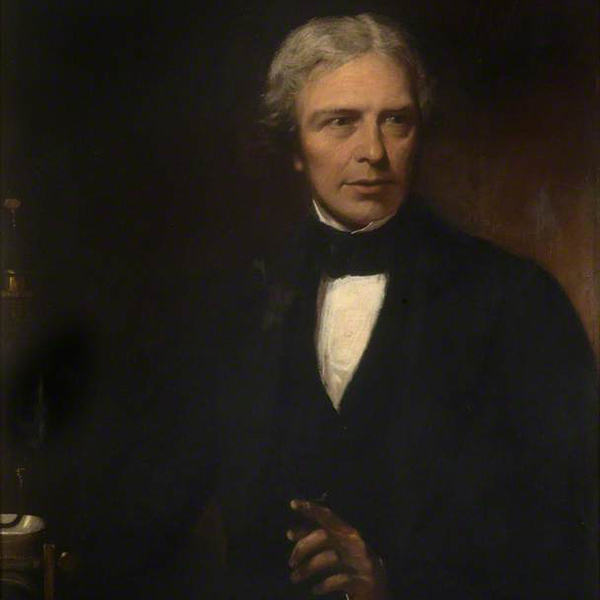
Michael Faraday – first person to create a “glow discharge” in a vacuum tube
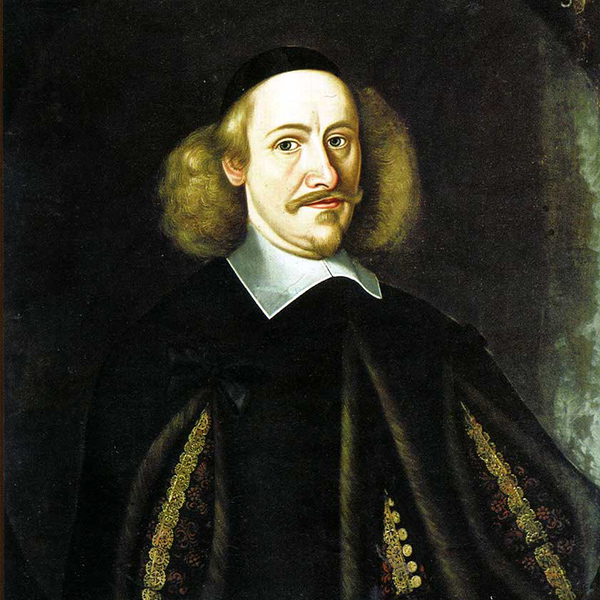
Otto Von Guericke – inventor of the first piston-type vaccuum pump
In 1852 William Robert Grove was the first to study what became known as “sputtering” although others had observed this effect by looking at glow discharges. Grove used a tip of wire as the coating source and sputtered a deposit onto a highly polished silver surface which he held close to the wire at a pressure of about 0.5 Torr.
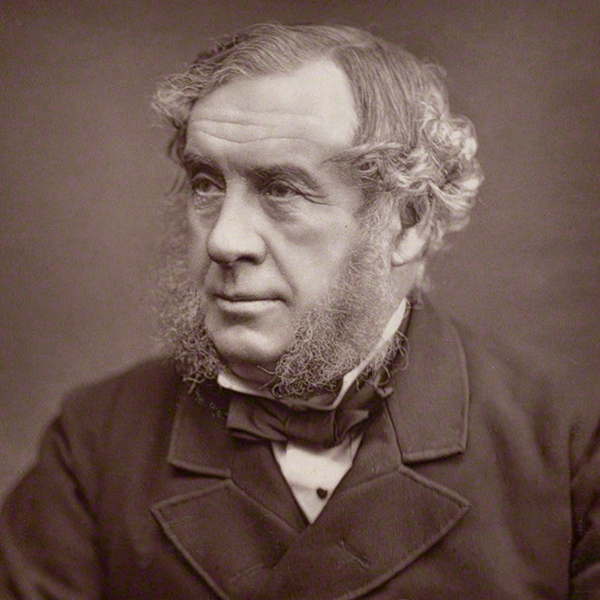
William Robert Grove. The first to study “sputtering”
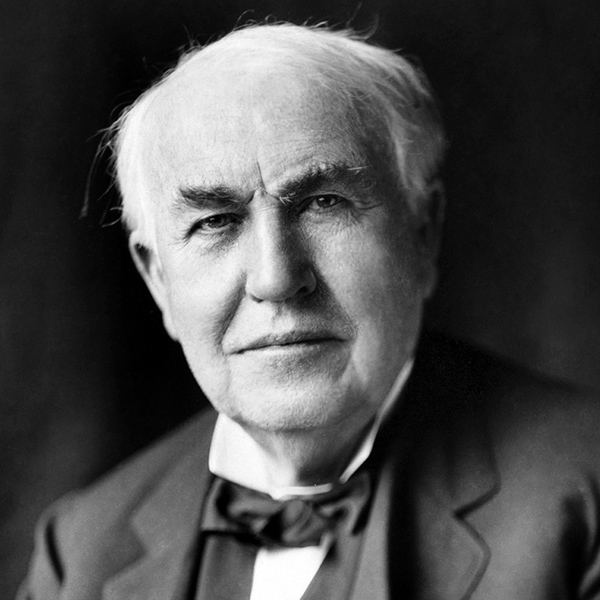
Thomas Edison. First person to make commercial use of sputtering
Professor A.W. Wright of Yale University wrote a paper in the American Journal of Science and Arts in 1858 on the use of something called an “electrical deposition apparatus” which was used to make mirrors. This deposition resembled arc evaporation rather than sputtering. The US Patent Office cited Wright’s work when challenging T. Edison’s patent application for vacuum coating equipment to deposit coatings. These were for his wax cylinder phonographs before they were electroplated. Edison came back and said that his invention was a continuous arc whereas Wright’s process was pulsed arc. Because of his powers of persuasion Edison could be said to be the first person to make commercial use of sputtering.
The Physical vapour deposition coating process is currently being used to extend the life of a number of products. These include swapping to PVD from more traditional processes used to coat car parts like wheels and pistons, surgical tools, drill bits, and guns.
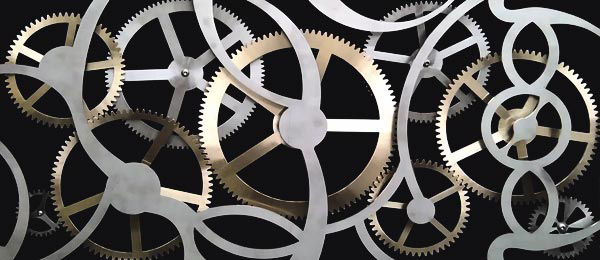
In the motoring world, it is a better and greener alternative to chrome plating which produces toxic substances so a good ethical choice to protect parts on trucks and cars. Studies have shown that PVD coatings can enhance the lifespan of a product by up to ten times making them last more than 25 years in some cases.